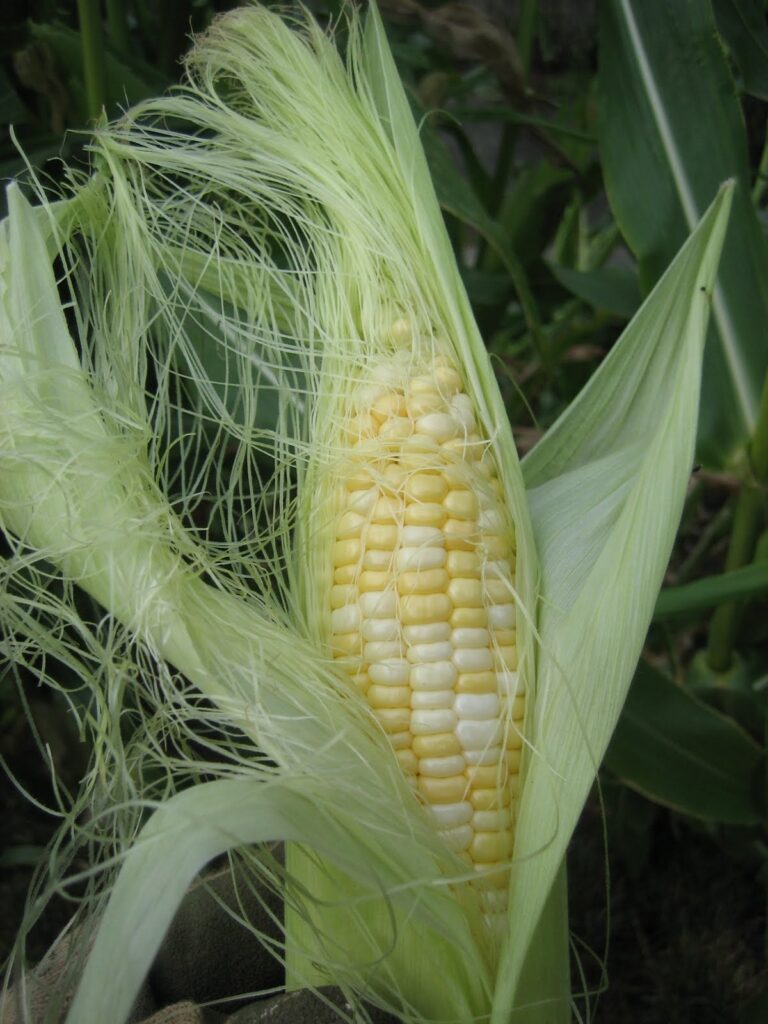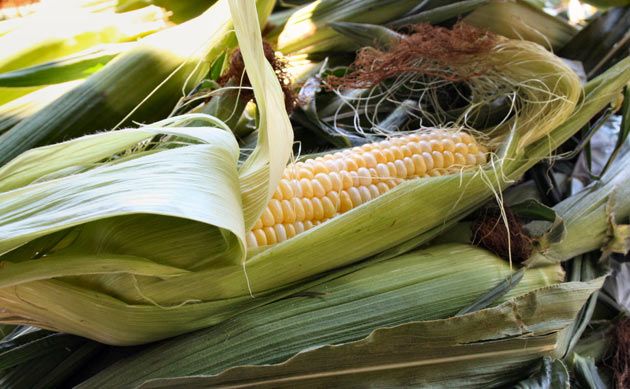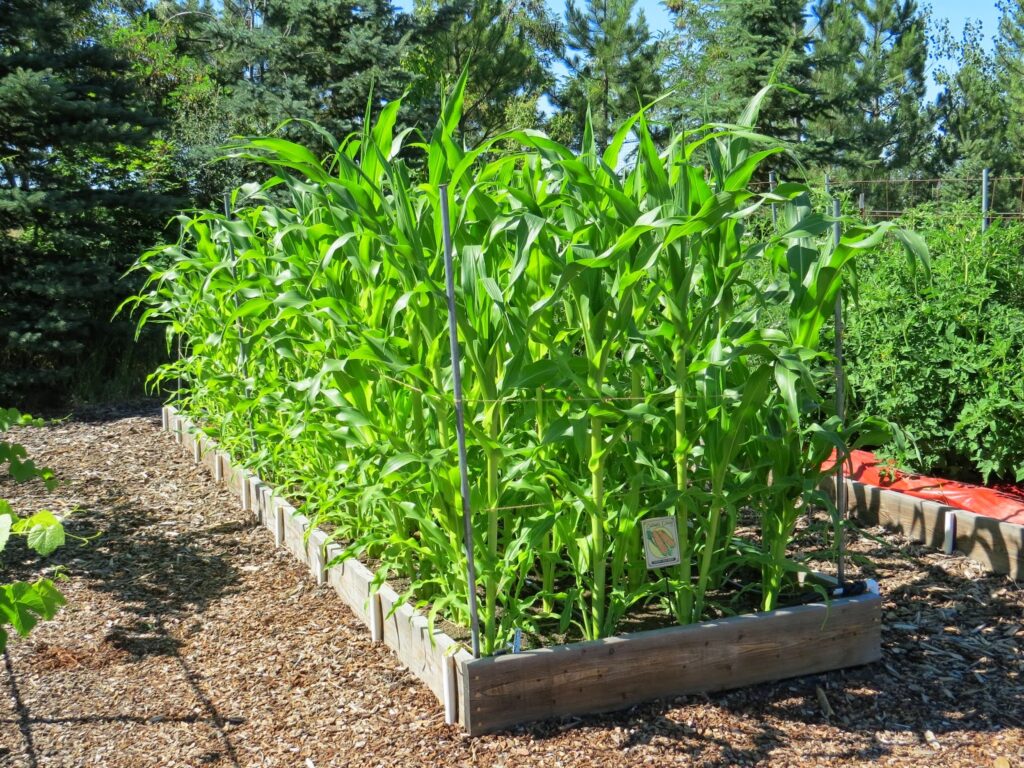Growing corn at home can be a rewarding experience that brings many benefits to the gardener. Not only can you enjoy fresh, sweet corn straight from the garden, but you also have control over the growing conditions, can save money, and learn about the food cycle. In this article, we will explore the many benefits of growing corn at home.
One of the most obvious benefits of growing corn at home is the freshness of the produce. Corn that is grown at home is sweeter and more flavorful than corn that has been sitting on a store shelf or in a truck for days. It has been harvested at the peak of ripeness, ensuring the best flavor and texture.
Another benefit is the variety of corn that can be grown. There are many different types of corn available, from sweet corn to popcorn and even ornamental varieties. By growing your own, you can experiment with different types and find the one that you like best. This allows you to have a wider variety of corn in your diet and to enjoy it in different ways.
Growing your own corn also gives you control over the growing conditions. You can choose the type of soil, the amount of water and fertilizer, and the amount of sun exposure. This allows you to optimize the growth and flavor of your corn. Additionally, you have control over the use of pesticides and herbicides, which is beneficial for both you and the environment.

In addition to the benefits of taste and variety, growing corn at home can also be cost-effective. It can be especially cost-effective if you have a large garden or a small farm. You can save money by not having to buy it from the store, and you can even save the seeds from the cobs to use for the next growing season.
Growing corn can also be educational, especially for children. They can learn about the different stages of growth, the importance of pollination, and the food cycle. It can be a great way to teach children about where their food comes from and how it is grown.
Another benefit of growing corn at home is that it is environmentally friendly. Growing your own corn reduces the carbon footprint associated with the transportation of store-bought corn. It also reduces the use of pesticides and herbicides, which helps to protect the environment.
Finally, there is a sense of accomplishment and satisfaction that comes with growing your own food. You can take pride in watching the corn grow and mature, and knowing that you played a part in producing the food you will be eating. It’s a great feeling to be able to harvest your own produce and enjoy it with your family and friends.
Growing corn at home can be a rewarding experience, as it allows you to enjoy fresh, sweet corn straight from the garden. Here is a detailed guide on how to grow corn in your backyard:

- Choose the right location: Corn is a warm-season crop that requires full sun, so make sure to choose a spot in your garden that gets at least 8 hours of direct sunlight per day. The soil should be well-drained and fertile, with a pH between 6 and 6.8.
- Prepare the soil: Corn requires a lot of nutrients to grow, so it’s important to prepare the soil before planting. Add compost or well-rotted manure to the soil to improve its fertility. You can also add a balanced fertilizer to the soil a few weeks before planting.
- Plant the seeds: Corn seeds should be planted in rows, with the seeds spaced about 8 inches apart and 1 inch deep. The rows should be spaced about 30 inches apart. Corn can be planted in the spring, after the last frost date, when the soil temperature has reached at least 60°F.
- Water and fertilize: Keep the soil consistently moist by watering regularly, but be careful not to waterlog the soil. Corn is a heavy feeder, so it’s important to fertilize the plants regularly. Apply a balanced fertilizer every 4-6 weeks during the growing season.
- Control weeds: Corn is a tall crop that can shade out weeds, but it’s still important to keep the area around the plants free of weeds. Weeding can be done manually or by using a hoe.
- Protect the plants: Corn is susceptible to a variety of pests and diseases. Use row covers or insecticides to protect the plants from pests like corn borers, cutworms, and aphids. Be sure to rotate your crops every year to reduce the risk of disease.
- Harvest and enjoy: Corn typically takes about 80-120 days to reach maturity, depending on the variety. The ears of corn are ready to harvest when the husks are green and the silk at the top of the ear is brown and dry. Simply pull the ear of corn off the stalk and enjoy it fresh, or store it in the refrigerator for later use.
By following these steps, you can successfully grow corn at home and enjoy the sweet taste of fresh corn straight from the garden.

